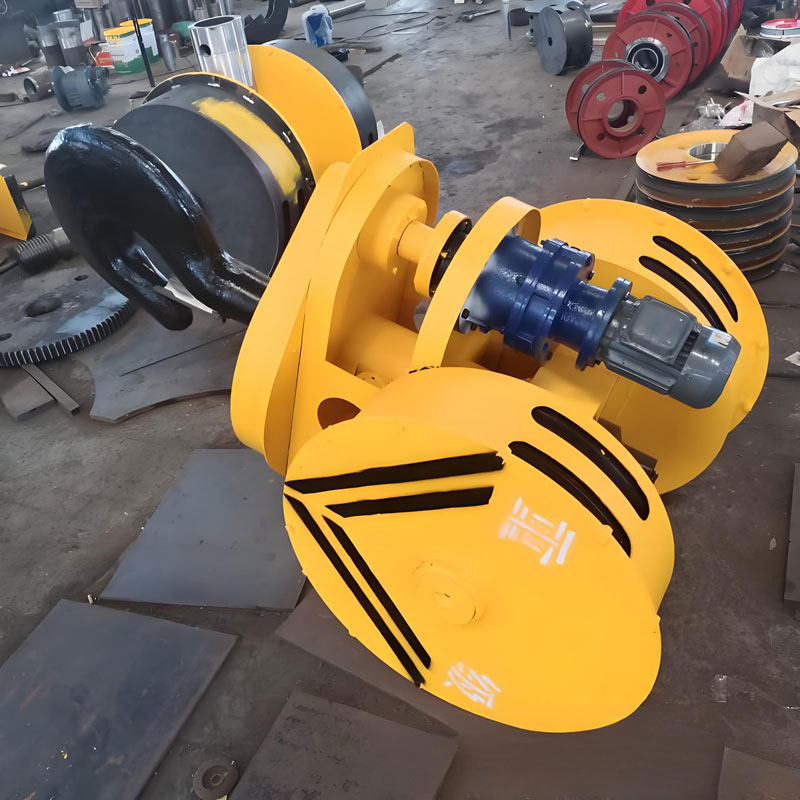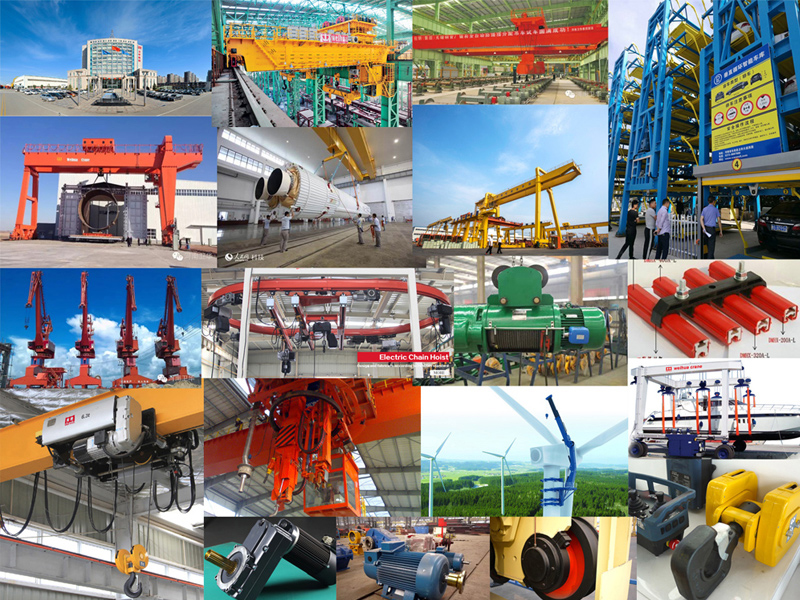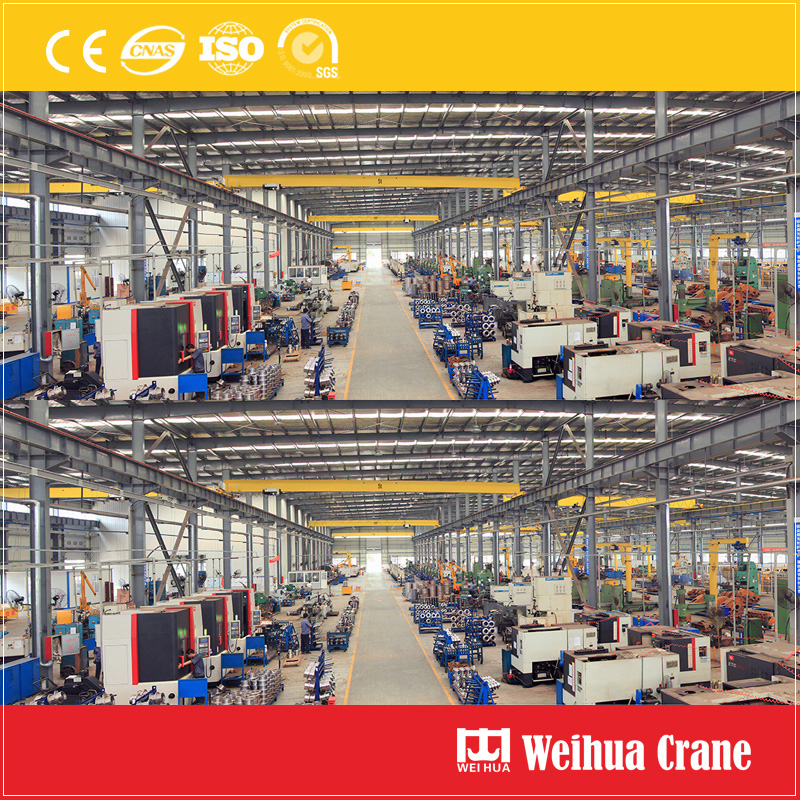In the bustling heart of European industry, on construction sites reaching skyward, and within the cavernous holds of ships, an unsung hero bears immense loads with quiet reliability: the European type crane hook, meticulously crafted to DIN standards. More than just a curved piece of forged steel, it represents a legacy of engineering precision, 안전, and interoperability that underpins material handling across the continent and beyond.

에서, or Deutsches Institut für Normung (독일 표준화 연구소), is synonymous with rigorous engineering quality. 을 위한 크레인 후크, the most critical standard is DIN 15400 (often seen as DIN 15400-1, 에서 15400-2, 등.). This standard isn’t just a suggestion; it’s a comprehensive blueprint dictating:
1. 설계 & 치수: Precise geometry for the hook body, 정강이, 그리고 걸쇠 (해당되는 경우). This ensures compatibility with crane blocks, 족쇄, and lifting accessories from different manufacturers across Europe. DIN에 제작된 후크 15400 will fit a DIN-standardized block.
2. 재료 & 조작: Strict requirements for the grade of high-quality forged steel (like the commonly specified DIN 17100 St 52-3 or equivalent high-tensile steels) and the forging process itself. This guarantees inherent strength and resistance to deformation.
3. Load Classification & 마킹: Hooks are classified based on their intended duty cycle (예를 들어, M4, M5, M6 up to M8), ranging from light to very heavy service. Crucially, every hook must be permanently and clearly marked with:
The manufacturer’s mark or logo.
The nominal load capacity (Safe Working Load – SWL) in tonnes (티).
The DIN standard number (예를 들어, 에서 15400).
The material grade.
A unique serial number for traceability.
4. 증명 부하 테스트: Every single hook must undergo and pass a rigorous proof load test (일반적으로 200% SWL) before leaving the factory. This non-destructive test verifies structural integrity under extreme stress.
5. Latch Requirements: Where safety latches are specified (often mandatory for certain applications), 에서 15400 defines their design, 힘, and function to prevent accidental disengagement of the load.
6. 점검 & 인증: Mandatory initial inspection and certification processes are defined.

1. 타협없는 안전: 이것이 가장 중요하다. The combination of high-grade materials, controlled manufacturing, mandatory proof testing, and clear marking significantly reduces the risk of catastrophic hook failure – protecting personnel, 장비, 그리고 부하.
2. Guaranteed Interoperability: Need to replace a hook or source one for a specific crane block? DIN standardization ensures you can confidently source components from different reputable European manufacturers (like RUD, CODIPROD, Van Beest, or Gunnebo Industries) knowing they will fit and perform as expected.
3. 품질 보증: The DIN mark is a universally recognized symbol of quality. It signifies adherence to some of the world’s most stringent industrial standards, backed by rigorous testing and traceability.
4. 규제 준수: Across much of Europe and in industries adopting European best practices globally, using lifting equipment conforming to recognized standards like DIN is often a legal requirement under machinery directives and health & safety regulations (like the EU Machinery Directive, lifting operations and lifting equipment regulations (로러)).
5. 내구성 & 긴 서비스 수명: 까다로운 산업 환경을 위해 설계되었습니다, these hooks resist wear, 흉한 모습, 그리고 피로, offering excellent value over their lifespan – when properly inspected and maintained.

SWL을 초과하지 마십시오: The marked SWL is the absolute maximum. Consider dynamic forces during lifting.
Regular Inspection is Mandatory: Frequent visual inspections by the operator and periodic thorough examinations by a competent person are essential. 균열을 찾으십시오, 과도한 마모 (especially at the saddle or tip), 목구멍 개구부 증가 (>15% is often rejection criteria), 흉한 모습, or damage to the latch or latch mechanism.
Correct Application: Ensure the hook’s duty classification (M4, M5, 등.) matches the intended usage frequency and severity.
적절한 리깅: Load must be centered in the hook saddle. Avoid point loading or side loading, which can drastically reduce capacity and damage the hook.

The European type crane hook built to DIN standards is far more than just hardware. It’s the culmination of decades of engineering refinement, a commitment to safety, and a cornerstone of efficient, reliable material handling. Choosing a DIN 15400 compliant hook isn’t just selecting a product; it’s investing in peace of mind, operational efficiency, and adherence to the highest levels of industrial safety practice. In a world where lifting heavy loads is routine, trusting a hook forged and tested to the exacting demands of DIN is the intelligent, responsible choice. Look for the mark – it carries the weight of European engineering excellence.
우리는 귀하의 의견을 소중히 여깁니다! 귀하의 특정 요구에 맞게 서비스를 조정할 수 있도록 아래 양식을 작성하십시오..

최신 의견